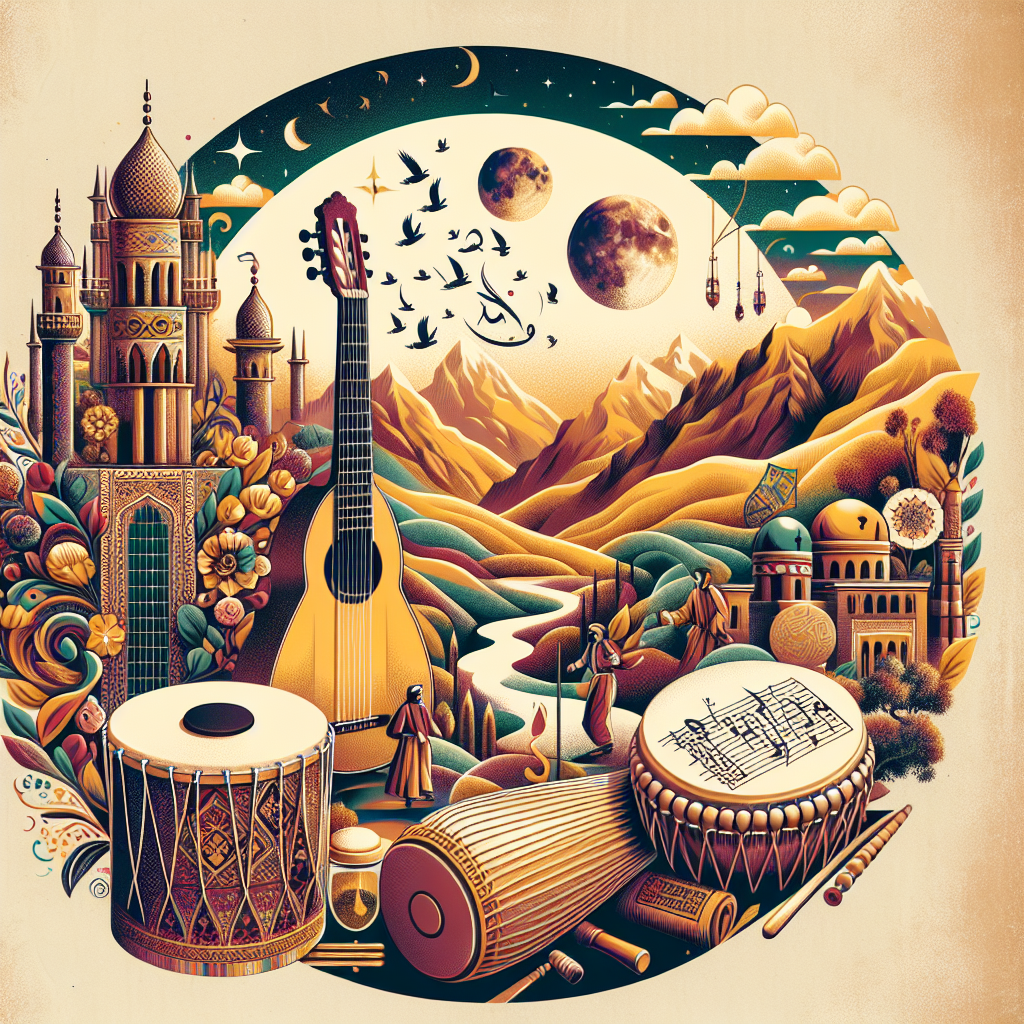The violin, one of the most beloved musical instruments, has a rich and storied history steeped in the virtuosity of its players. The violin’s ability to mimic the human voice coupled with its incredible range of expression has made it a favorite amongst musicians for hundreds of years. Countless classically trained violinists have shared their exceptional skills and immense passion with the world, leaving indelible marks in the realm of music. Let’s delve into the virtuosity of classical violinists through history.
The Origin of Violin Virtuosity
The violin originated in Italy in the early 16th century. Early Italian violinists such as Carlo Farina and Giovanni Battista Fontana were renowned for their technical skills and musical innovation. The virtuosity of these musicians set the standard for future violinists and remains astounding even by today’s standards.
However, arguably, it was the Academy of St Martin in the Fields, spearheaded by Italian maestro Antonio Vivaldi, where classical violin virtuosity was first truly acclaimed. Vivaldi, a prolific composer and violinist, composed an array of concertos that enabled violinists to display their technical prowess. His ‘Four Seasons’ concerto stands as a testament to the skill and expressive potential a violinist can possess.
The Rise of Violin Virtuosos
As orchestras grew and operas became more popular during the 18th century, the demand and appreciation for skilled violinists increased. One of the most notable violinists from this era was Niccolò Paganini. His incredible dexterity, innovative playing techniques and dynamic performances earned him the reputation of a ‘devil’s violinist’ as some of his skills seemed almost supernatural.
Another 19th-century virtuoso was Pablo de Sarasate, a Spanish violinist known for his brilliant, flawless technique and his compositions which showcased his impressive technical range.
The Golden Age of Violin
The 20th century has been described as the ‘Golden Age’ of violin. Violinists such as Jascha Heifetz, David Oistrakh, and Yehudi Menuhin captivated the world with their unparalleled skills and expressive performances. Their contribution to the violin repertoire as well as their revolutionary playing techniques have been a source of inspiration for many upcoming violinists.
Zino Francescatti and Fritz Kreisler were also remarkable violinists in this era. Francescatti was celebrated for his beautiful, warm tone and precise intonation, while Kreisler was admired for his lyrical, expressive style.
Modern Violin Virtuoso
In the contemporary era, violinists continue to push boundaries both technically and musically. Itzhak Perlman, Anne-Sophie Mutter, and Hilary Hahn are just a few of the renowned violinists leading the way in the 21st century. They are not only exceptional violinists but also diplomats of the art form, making classical music accessible to a larger, more diverse audience.
Each of these violinists, regardless of the era they belong to, exemplify the virtuosity that is inherent to the rich history and tradition of the violin.
Conclusion
The history of classical violinists is a testament to human creativity, dedication, and great virtuosic abilities. It’s a fascinating journey, revealing the evolution of violin techniques across centuries and the boundless possibilities of this beautiful instrument as showcased by the legendary performers. Their passion and brilliance continue to inspire the next generation of great violinists to push the boundaries of what is musically possible.
Frequently Asked Questions
1. Who is considered the greatest violinist in history?
There is no definitive answer as it is subjective. However, Niccolò Paganini, Jascha Heifetz, and Yehudi Menuhin are often mentioned amongst the greatest.
2. Who are some contemporary violin virtuosos?
Itzhak Perlman, Anne-Sophie Mutter, and Hilary Hahn are some of the acclaimed contemporary violin virtuosos.
3. Who was the first violin virtuoso in history?
Early Italian violinists such as Carlo Farina and Giovanni Battista Fontana were among the first virtuosos. However, Antonio Vivaldi could be considered the first famed violin virtuoso.
4. Which compositions showcase the technical prowess of violinists?
Vivaldi’s ‘Four Seasons’, Paganini’s ’24 Caprices’, and J.S. Bach’s ‘Sonatas and Partitas for Solo Violin’ are among the compositions that highlight the technical skills of the violin.
5. How have violinists influenced the development of the instrument?
Through their virtuosity and innovative techniques, violinists have expanded the expressive range and potential of the violin. Many pioneering players have also directly influenced the physical evolution of the instrument, inspiring changes in its structure, shape, and construction to accommodate the demand for new possibilities in sound and technique.




